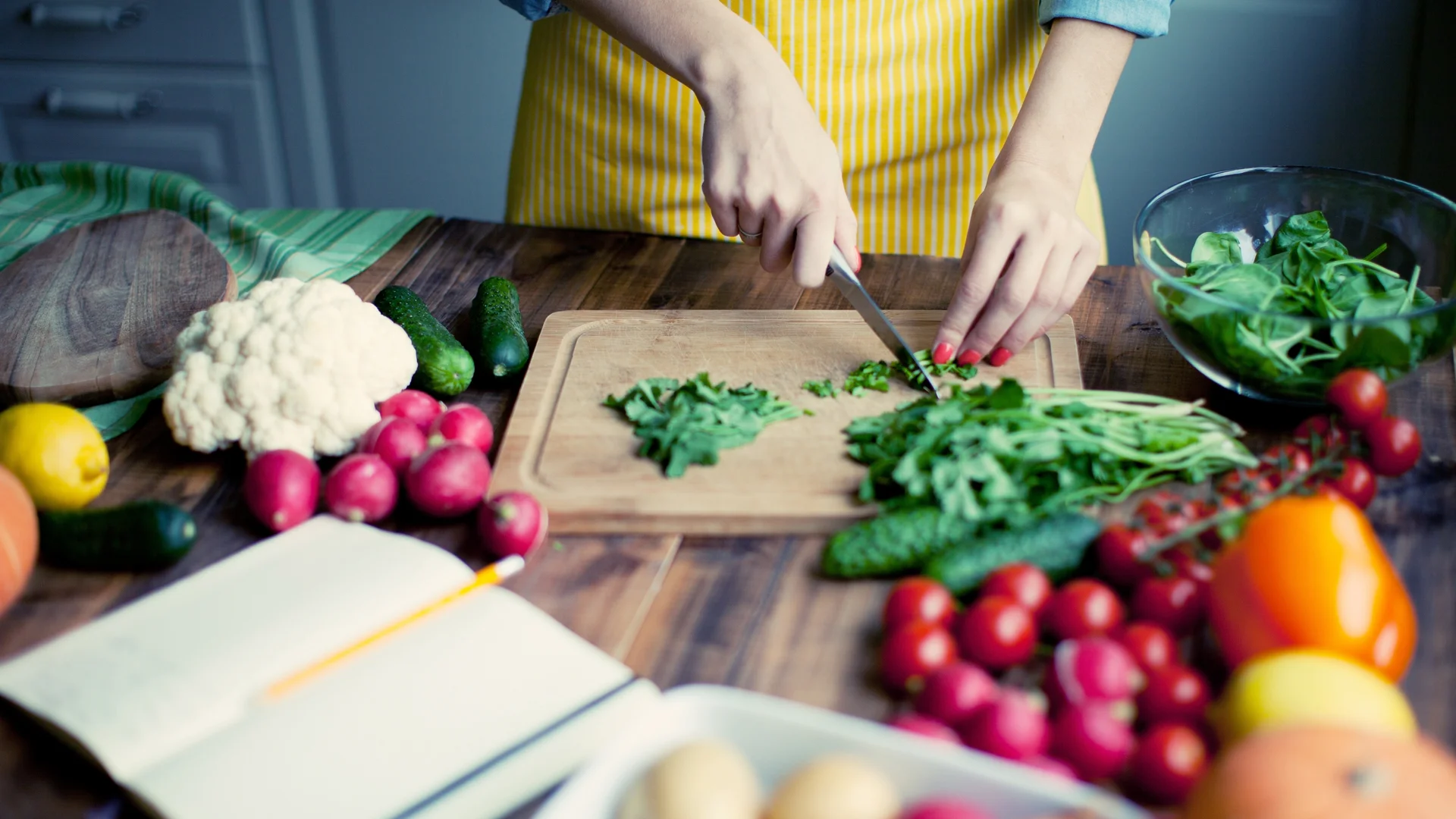Every day we make many decisions, big and small. It’s easier than you think to make healthy, smart choices when it comes to choosing what to feed your family. Just a little bit of planning is required.
Fuel is what we put in our bodies. Our bodies require energy and nutrients, such as vitamins, minerals and protein, to function and thrive. Healthy food and drinks are important to children as their bodies and minds grow. Healthy choices can have immediate and long-term benefits for your family.
Healthier Choices
All foods and beverages can be included in a healthy diet. When choosing foods for yourself or your family, choose those that are high in nutrients, but low in sugar, fats and calories. Fruits, vegetables, whole grain cereals, pastas and breads, milk, yogurt and other dairy products, lean meats and fish, beans, water, and fat-trimmed or low-fat dairy products are all good choices.
Certain foods and beverages should be consumed less frequently. Some of these include white rice, pasta, and bread; granola, pretzels, and fruit juices. Some foods are better to enjoy only occasionally, such as french fries, sweet baked goods like doughnuts, hotdogs, fried chicken and fish, candy and soda.
A nutritionist at the University of Washington, Seattle. He says that if you cook at home, have the right attitude and make the right choices about food, it won’t cost much more to eat healthier. He says that with a little planning you can make meals that are delicious, affordable and nutritious.
Outside the Home
Today, most of our food is not eaten at home. Most of our food is consumed on the move. Packing healthy lunches for you and your children is a great way to ensure that you get all the nutrition you need.
Nicastro suggests that you can make a healthy lunch with your child using whole grain bread, pita pockets, wraps and spreads such as hummus or nut butters. Pack vegetables like carrots, cucumbers, and snap peas. You can also include any seasonal fruit. You can teach teens to pack their lunches by providing a variety of healthy foods.
Talk to your children about healthy food choices in the cafeteria or vending machine at school. Nicastro advises parents to encourage their kids to select the right food groups at lunch, such as a lean meat, a fruit or vegetable, and whole grains. If a salad bar exists, kids can make their own salad using vegetables, fruits, and lean proteins.
Pack healthy snacks before you go on a day out with the family. Water, fresh fruits, vegetables, and cheese sticks with low fat are all good options. Pack small amounts of nuts that are not salted, whole grain crackers or low-sugar breakfast cereals.
It can be difficult to find a fast-food restaurant, but it is sometimes the only option. Use the information on menu labels, such as calorie counts and nutritional values, to help you make better food and drink choices. Choose healthy options such as salads, sliced fruits instead of french fries and grilled foods instead of fried.
Labels
The Nutrition Facts label can be a valuable tool when you are grocery shopping to compare different foods and beverages. You can use it to confirm that products with health-sounding labels are indeed healthy. Foods that are labeled “low-fat” may not be healthy. They can contain a lot of sugar and calories.
You can use the Nutrition Facts label as a guide to reduce the amount of nutrients that you consume, like sodium or sugar. It can be used to ensure you get enough nutrients, like calcium and iron.
Start at the top when reading the label. Check the portion size. Then, check the calorie count. Next, look at the nutrition section. Here you will find the recommended daily value and the amounts.
You can eat and drink more than one serving of something. If you eat a bag of chips, but the label states that there are three portions in the bag, multiply the labels numbers by three to determine how many calories you have consumed.
Working Together
Local shopping can sometimes make it difficult to find healthy options. Some communities have worked together to make healthy food more accessible in their neighborhood.
In some communities, for example, residents have teamed up to maintain community gardens. Someone says that planting small planters, rooftop gardens, box garden or small planters, as well as learning to garden can help you grow easy-to-grow vegetables like tomatoes at home. Another option is to find a fruit or vegetable truck willing to visit your neighborhood.
Make healthy eating a priority in your family. As a parent, or guardian of a child, you should start talking to them about nutrition and health at a young age. You should also practice what you preach. You can be a great example to your children by choosing healthy foods and drinks.
Food provides nourishment for our bodies. We explains that teaching children to read food labels as they grow older will help them to learn how to buy healthy foods. Teaching children to prepare simple, healthy, and tasty meals will help them in their life.
